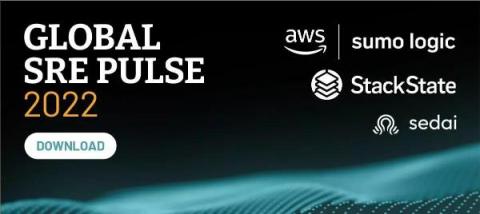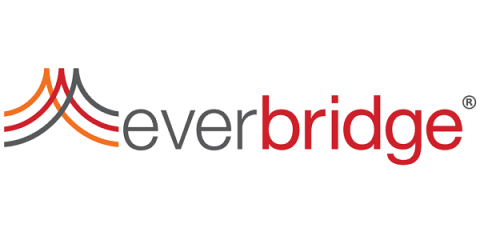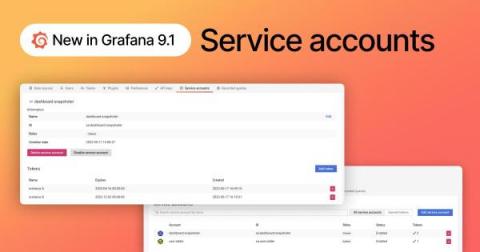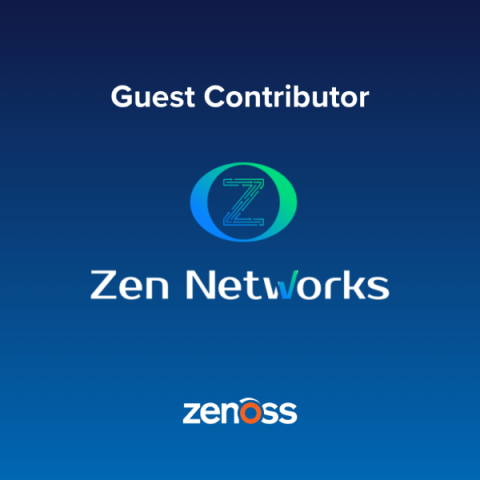Operations | Monitoring | ITSM | DevOps | Cloud
Blog
How to Generate Client Referrals as an MSP
Why APM distributed tracing is not enough for developers
Distributed tracing is a method of tracking requests as they propagate through a distributed system. A trace is built from spans. Each span represents an interaction, like an HTTP request, a DB query, a serverless function invocation, etc. A trace is essentially a tree of spans. Based on the collected span data, a distributed tracing platform can capture all the interactions between the different architectural components and tie them together with a trace ID.
How to Explain Zero Trust to Your Tech Leadership: Gartner Report
Does it seem like everyone’s talking about Zero Trust? Maybe you know everything there is to know about Zero Trust, especially Zero Trust for container security. But if your Zero Trust initiatives are being met with brick walls or blank stares, maybe you need some help from Gartner®. And they’ve got just the thing to help you explain the value of Zero Trust to your leadership; It’s called Quick Answer: How to Explain Zero Trust to Technology Executives.
Site Reliability Engineering, Site Reliability Engineers and SRE Practices: State of Adoption
Site reliability engineering (SRE) is what you get when you treat operations as if it’s a software problem. The mission of an SRE practice is to protect, provide for and progress the software and systems offered and managed by an organization with an ever-watchful eye on their availability, latency, performance and capacity.1.
As Tech Innovation Reshapes the Workforce, Employee Safety Looms Large
Everbridge partner Atos, a global leader in cloud and the digital workplace, recently published an interesting take on the future of work and how new technology trends will impact businesses and employees alike, now and in years to come. The company suggests that the combination of 5G and technologically augmented humans will drive some of the most significant changes in the way we work.
New in Grafana 9.1: Service accounts are now GA
With the Grafana 8.5 release, we introduced the concept of service accounts. Now with the Grafana 9.1 release, we’re making service accounts generally available. This is a project that came out of technical necessity, but it has given us the opportunity to reflect on API tokens and machine-to-machine interaction across Grafana Labs.
Terraform vs Pulumi
How Zenoss Is Key to Efficient Operations in 4G and 5G
Observing and monitoring Azure Cosmos DB with AppDynamics
As organizations increasingly adopt cloud-first strategies, it’s important to have data stores that have internet-level scalability to power these cloud native applications. For applications running on Azure, the logical choice is Azure Cosmos DB.











